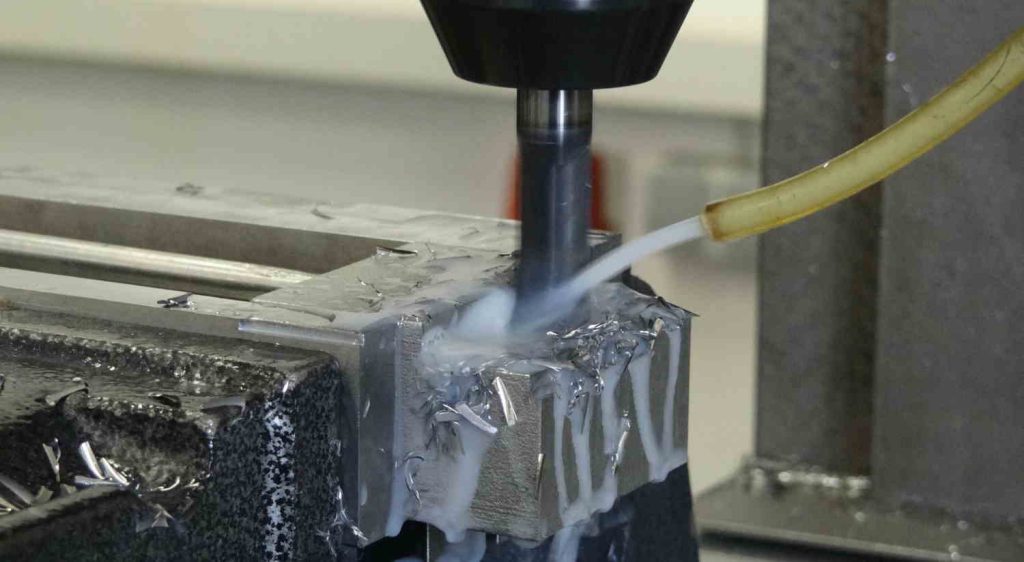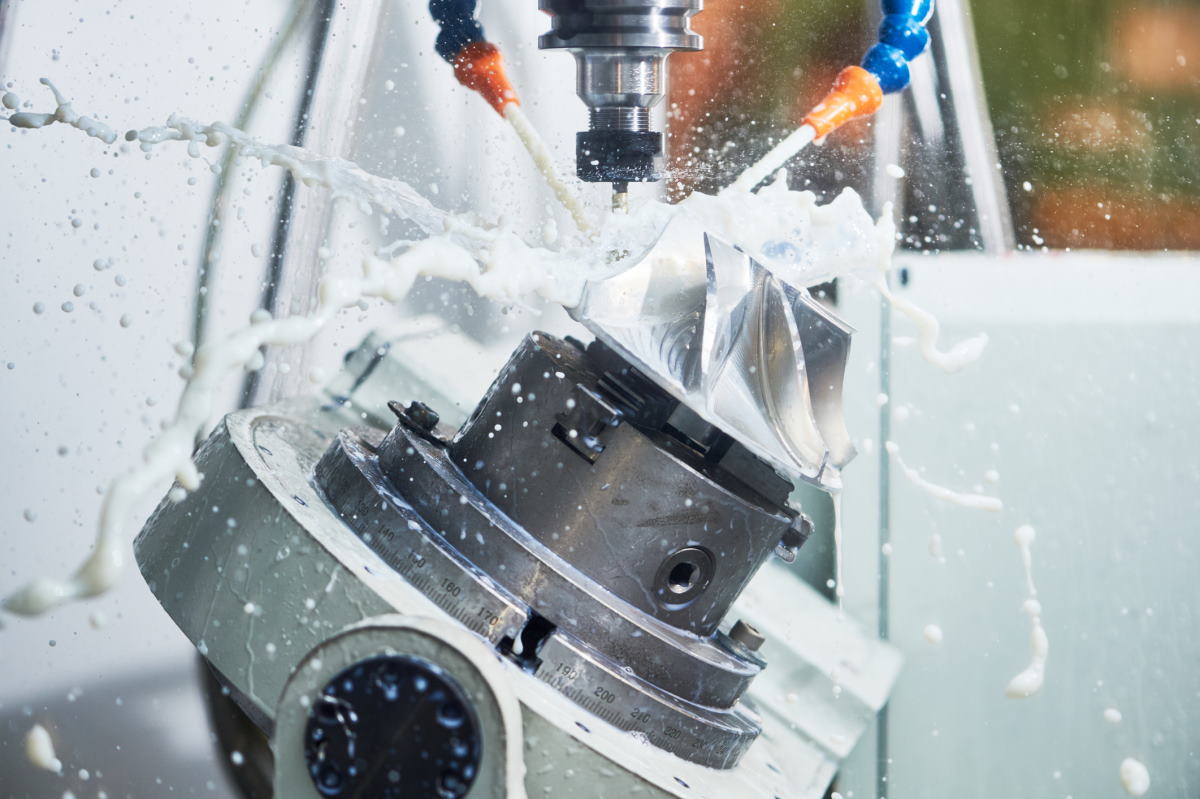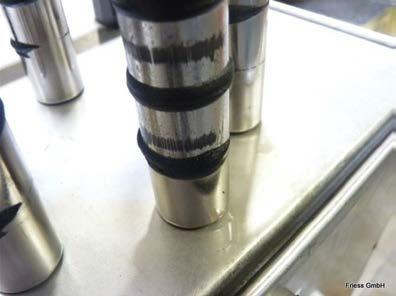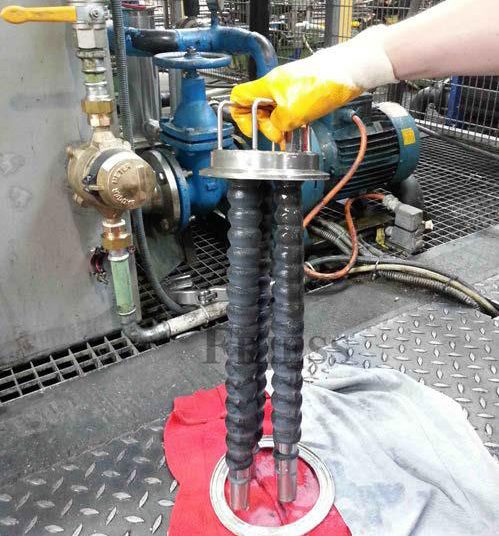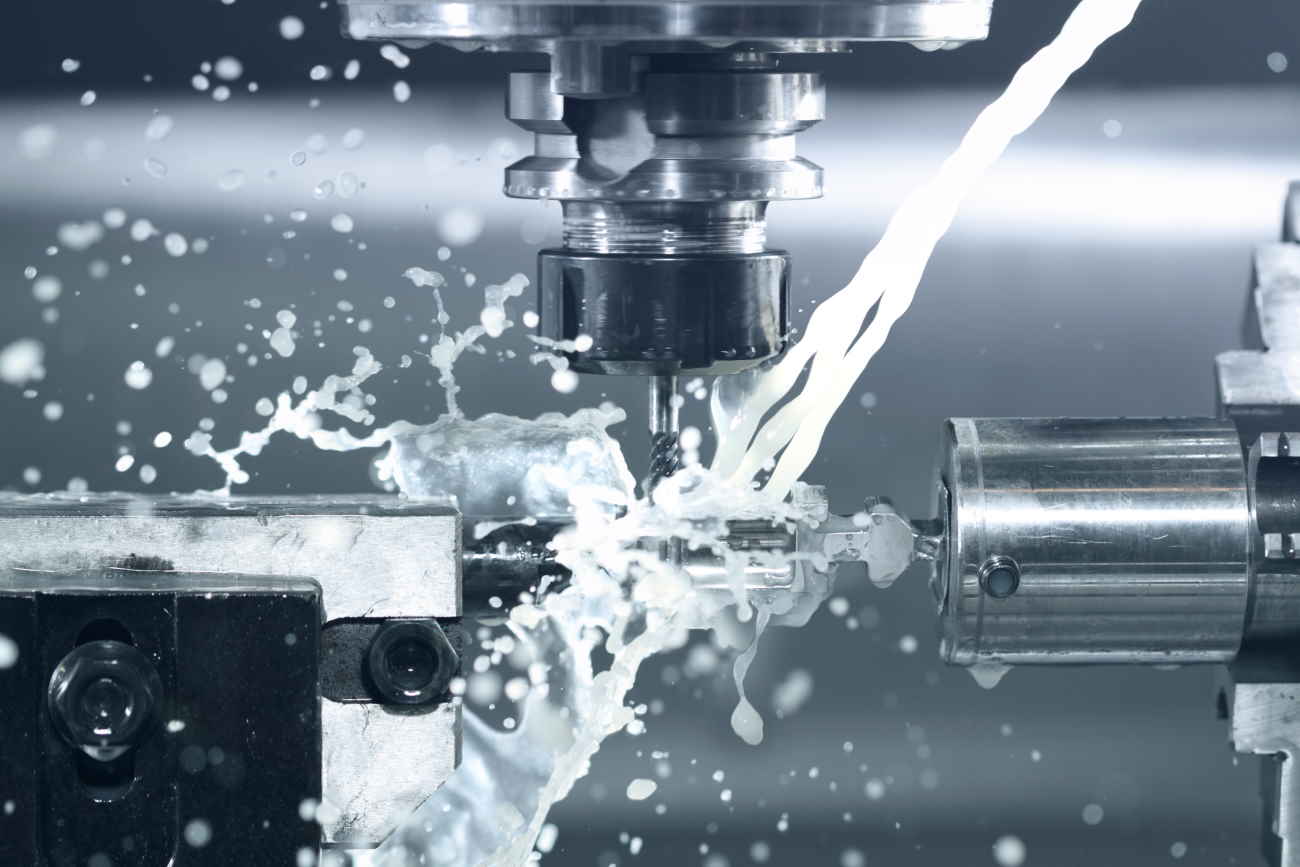Why Coolant Testing Is Mandatory:Coolant Testing in Metalworking
Learn about the regulations and methods that must be followed when handling cooling lubricants.
Table of Contents:
- Oil Concentration of the Coolant
- Checking the pH Value of the Coolant
- Measuring the Nitrite Content of the Coolant
- Reducing Nitrite Levels in Water-Mixed Coolants
- Visual Inspection of the Coolant
- Frequency of Inspections and Tests
- Daily Checks
- Weekly Measurements
- Measuring Coolant Concentration with a Refractometer
- Coolant Testing Plan
- Documentation of Maintenance Measures
- Testing Schedule for Water-Mixed Coolants
- Questions and Answers About Coolant Testing:
- What is tested in the coolant?
- Why do coolants need to be replaced?
- How is the current concentration measured?
- What should be done if the coolant concentration does not match the target value?

